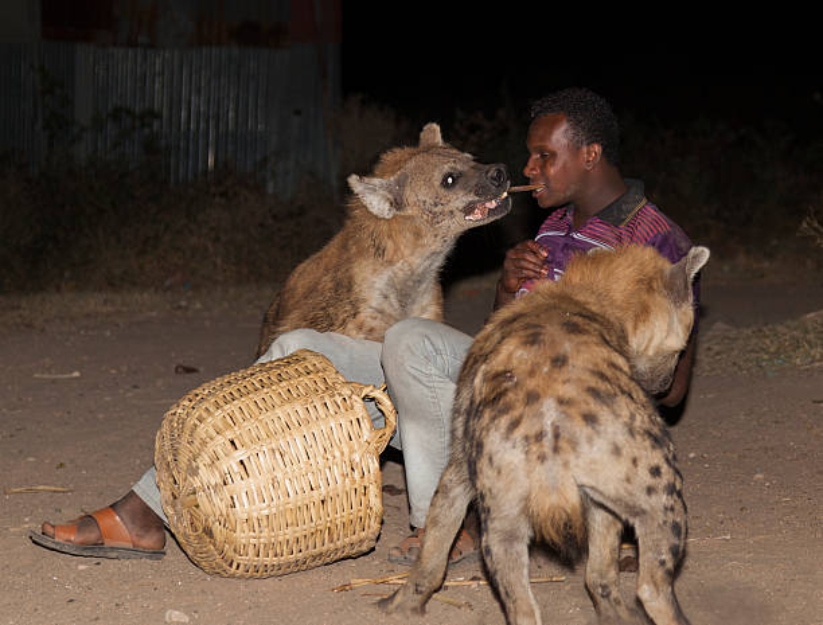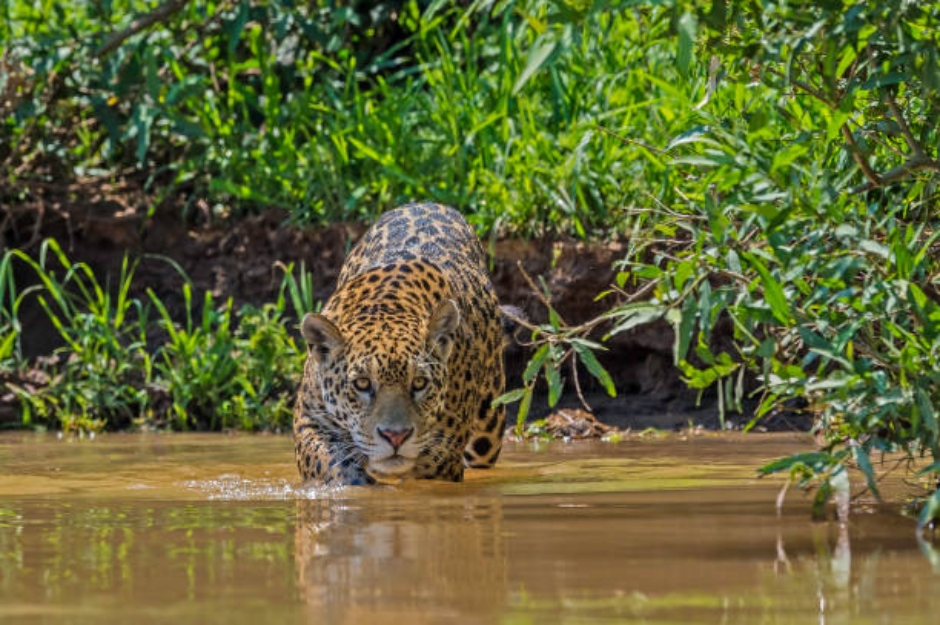
Orcas, also known as killer whales, are among the most intelligent marine animals. Despite their fearsome name, attacks on humans in the wild are exceedingly rare. Since the 1970s, only a handful of incidents involving wild orcas have been recorded, none of which were fatal. Researchers suggest that orcas recognize humans as non-prey, often displaying curiosity rather than aggression. In many cases, orcas have even helped humans by guiding lost boats or fending off sharks.
Great White Sharks: Misunderstood Hunters

The great white shark, often sensationalized as a man-eater, is another apex predator that typically avoids harming humans. Although great whites are responsible for about 50% of the world’s shark attacks, the vast majority are non-fatal. Experts believe these incidents are cases of mistaken identity, as the sharks often abandon their prey after an initial bite. In reality, great whites show little interest in human flesh, focusing instead on seals and fish.
Wolves: Guardians of the Wild

Wolves are often depicted as dangerous to humans, yet attacks are extremely rare. In North America, there have been only two confirmed fatal wolf attacks on humans in the past century. Wolves tend to avoid human contact, and most encounters result in them retreating. Historically, wolves have played crucial roles in maintaining ecosystem balance, and their cautious approach to humans underscores their preference for natural prey.
Tigers Majestic and Merciful

Tigers, despite their strength and predatory prowess, rarely target humans. In India, where human-tiger interactions are most common, data from the National Tiger Conservation Authority shows that tiger attacks account for fewer than 100 human fatalities annually—a minuscule figure given the region’s dense population. Tigers generally avoid humans unless provoked or cornered, highlighting their natural tendency to avoid conflict.
Grizzly Bears: Powerful but Peaceful

Grizzly bears are another formidable predator that rarely attacks humans. In North America, grizzly-related fatalities average two per year, despite millions of people visiting bear-inhabited areas. Most encounters occur when humans accidentally startle bears or come too close to their cubs. Experts recommend carrying bear spray as a deterrent, but the data indicates that grizzlies, when left undisturbed, pose little threat.
Leopards: Silent and Solitary

Leopards are highly adaptable and solitary hunters, yet they rarely harm humans. In Africa and Asia, where leopards are most prevalent, reports of leopard attacks are uncommon. These cats tend to be shy and prefer to avoid humans, hunting smaller mammals like deer and monkeys. Their elusive nature makes them one of the least confrontational big cats toward humans.
Crocodiles: Ancient and Aware

Crocodiles, especially saltwater and Nile species, are among the most dangerous predators in their habitats. However, they typically avoid humans unless provoked or threatened. Data from the International Union for Conservation of Nature (IUCN) suggests that less than 1% of global crocodile populations are involved in human attacks annually. In regions like Australia, crocodile management programs have further reduced human-crocodile conflict.
Polar Bears: Guardians of the Arctic

Polar bears, the largest terrestrial carnivores, are known for their powerful build and hunting skills. Despite their size and strength, polar bear attacks on humans are exceedingly rare, with only a few incidents reported in Arctic communities annually. These bears primarily hunt seals and have little interest in humans unless food scarcity drives them closer to settlements.
Hyenas: Nighttime Predators with Boundaries

Spotted hyenas, often portrayed as scavengers, are skilled hunters capable of taking down large prey. Despite their reputation, hyenas rarely attack humans. Studies in Africa show that most human-hyena interactions involve hyenas scavenging near human settlements rather than actively hunting people. Hyenas generally avoid human contact, focusing instead on their preferred prey, such as wildebeests and antelopes.
Jaguars: Forest Shadows

Jaguars, native to the Americas, are apex predators known for their powerful jaws and stealth. Yet, they pose minimal risk to humans. According to research from the Wildlife Conservation Society, jaguar attacks are rare, with most incidents occurring when humans venture deep into their territory. Jaguars are primarily focused on hunting capybaras, deer, and other forest animals, steering clear of human conflict whenever possible.
Bald Eagles: Sky’s Respectful Rulers

Bald eagles, America’s national bird, are formidable hunters capable of catching fish and small mammals with their razor-sharp talons. Despite their hunting prowess, they pose no threat to humans. These birds of prey are highly territorial but exhibit no aggressive behavior toward people. Instead, bald eagles are known for their impressive aerial displays and crucial role in maintaining ecological balance.
Komodo Dragons: Lethal but Reserved

Komodo dragons, the world’s largest lizards, are native to Indonesia and possess a venomous bite. Despite their fearsome reputation, attacks on humans are rare. The Komodo National Park records only a handful of incidents annually, typically when humans encroach on their territory. Komodos prefer to hunt deer and water buffalo, showing little interest in human encounters unless provoked.
Mountain Lions: Ghosts of the Wilderness

Mountain lions, also known as cougars or pumas, are elusive predators found across the Americas. Despite their proximity to human settlements, mountain lion attacks are exceedingly rare, averaging fewer than six incidents annually in the U.S. and Canada. These cats are solitary and territorial, avoiding humans unless they feel threatened or cornered. Most encounters result in the mountain lion retreating, underscoring their preference for natural prey like deer and elk.
Stay connected with us for more stories like this! Follow us to get the latest updates or hit the Follow button at the top of this article, and let us know what you think by leaving your feedback below. We’d love to hear from you!







